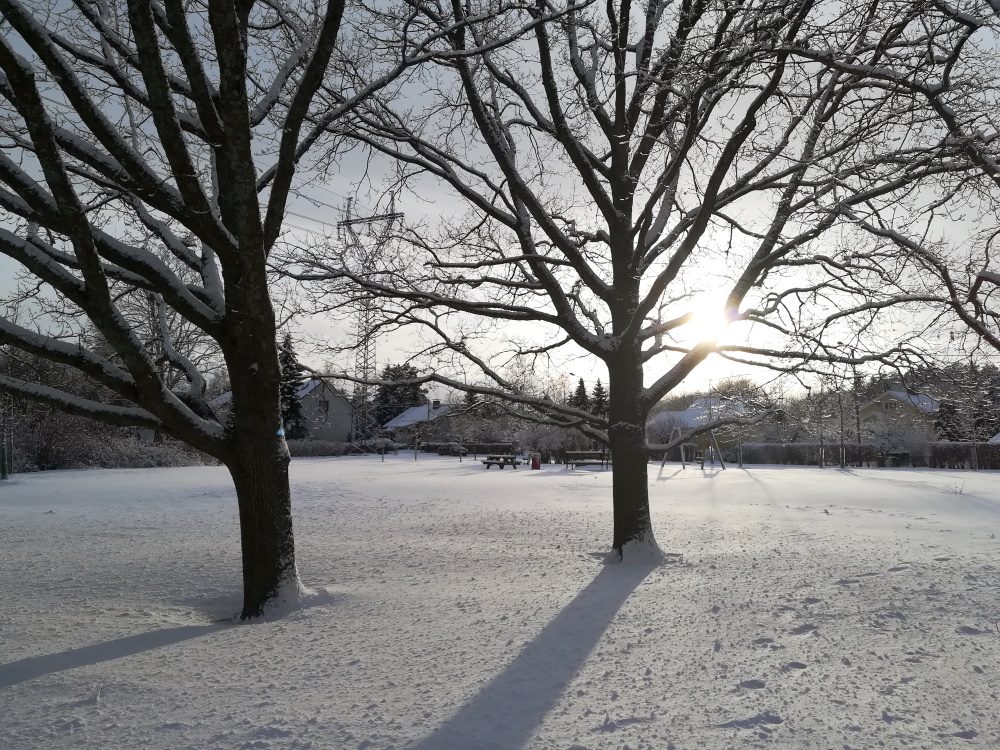Dr Aino Liira’s two-year stint as a postdoctoral researcher begun in January 2022. In this interview, she tells us more about her research interests and work for EModGraL.
How did you first become interested in graphic literacies?
The combination of visual and linguistic aspects of texts is what got me interested in academic research in the first place. I have previously mainly worked with paratexts, that is, elements such as titles or indices which surround or even overlap with the “main text” but are not quite part of it. I’m likewise interested in other phenomena regarding textuality, such as the intersection of the physical and the abstract, and the different roles played by the producers and the readers of texts in shaping the book. When working with paratexts, practical tools like tables (of contents) and indices grabbed my attention. I find it particularly fascinating when text producers modify these elements for new editions (or manuscript copies), and/or give instructions to readers on how to use them.

What is your main area of responsibility in EModGraL?
I’m currently working together with the rest of the team, collecting data and immersing myself in the complexities of analysing and classifying the various types of graphic devices we come across! Later on, I will be in charge of one of the “work packages” focusing on graphic devices in their material context of the page. In practice this means that we will, for example, study the metadiscourse surrounding the elements (how the devices are referred to in the text) and the technological aspects of producing graphic devices, such as choices made by printers. I’m also interested in handwritten additions or notes left by readers, and hoping to find evidence of this by looking at physical copies of books.
What are you most excited about regarding the project?
The chance to familiarise myself with new research material and to encounter new, exciting types of graphic devices. This is also my first time in participating in a larger research project – working as part of a team is exciting and rewarding in itself! The first workshop we had with our collaborators in November was extremely stimulating, and I enjoy our weekly meetings with the team members where we often take a look at problematic cases and interesting findings together.

Is there a specific domain or genre you look forward to investigating? Why?
I’m more excited about the chance to see a variety of domains and genres, and potentially discover differences between them. My PhD revolved around a single work, a universal chronicle titled the Polychronicon, and I admit I’m curious to see what kind of graphic devices can be found in other books of history. I’m currently working together with PI Matti Peikola and Prof. Marjo Kaartinen to examine visual representations of time or chronological events in late medieval and early modern English books.
Why is studying early graphic literacies important?
Research on graphic devices gives us insight into various aspects of early modern book culture: print technology, textual practices (for example, how the structure of information is made visible through the use of certain graphic conventions such as braces), variation and patterns of change within genres, and so forth. Prose text is not always the most effective way of conveying information. It’s interesting to see what kind of solutions authors and book producers have come up with to transmit complex information that requires visualisation, for example when the reader is expected to identify relationships between concepts. Studying the distribution and variation of graphic devices increases our understanding of early modern reading culture and how a vernacular like English gained ground as a language suitable for transmitting specialist knowledge.
Aino Liira & Mari-Liisa Varila | Twitter: @penflourished, @mlvarila